Jamia Masjid : A Masterpiece of Wooden Architecture in Kashmir
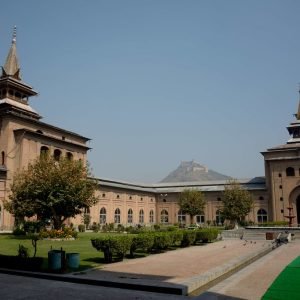
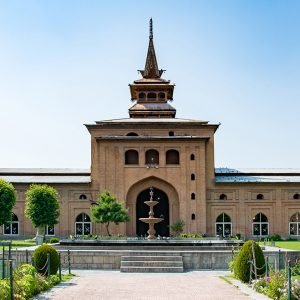
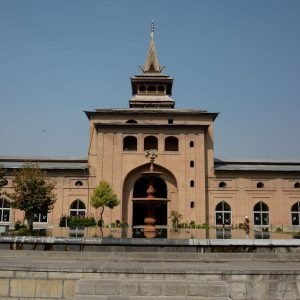
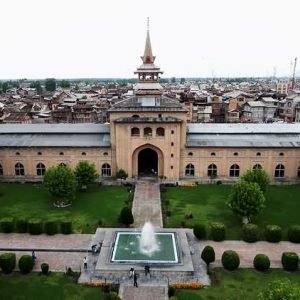
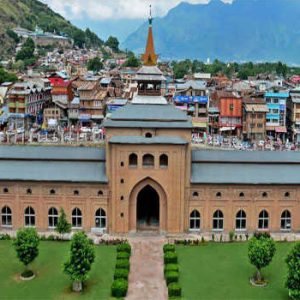
Table of Contents
Toggle1. Introduction to Jamia Masjid
Jamia Masjid at Srinagar has been one of the prominent religious and architectural monuments in Kashmir. This beautiful masjid, located in the heart of the old city, forms a focal point of the Muslim community and a symbol of the richness of Islamic heritage of this region. It is known for its Indo-Saracenic architecture, courtyard, and peaceful atmosphere that it offers in the midst of the hustle of Srinagar. The mosque was built in 1402 AD by Sultan Sikandar, which is competing with the history of Kashmir’s attraction to Islamic culture, spirituality, and education.
2. Historical Background
Its history goes back into the early part of the 15th century when Kashmir Valley was ruled by Sultan Sikandar. It was during his reign that Islamic architecture saw its awakening and Jamia Masjid emerged as a center for congregational prayers. His son, who was supervising the work of the mosque during the construction was Sultan Zain-ul-Abidin, said to be the wise and tolerant ruler of the Kashmir region.
This building had experienced several reconstructions in the centuries due to fire damage. The mosque was reconstructed thrice i.e in 1479, 1620 during the reign of Jehangir Shah, the Mughal Emperor, and in 1674 by Emperor Aurangzeb. In all these reconstructions, grandeur and its spirit were maintained till this date.
3. Architecture and Design
The Jamia Masjid is one of the most interesting monuments that have a unique architectural style from the components of Persian, Central Asian and Kashmiri styles. The Indo-Saracenic style of the mosque is rather rare in this part of India and well-thoughtout blend of local wooden architecture with Islam.
3.a. Structure
The mosque has been constructed as a quadrangle. At each corner of this structure, four minarets stand. These minarets are not tall or slim like most others but short and stout, which distinguishes the mosque. The roof of the mosque is sloping and not flat due to heavy snowfall over there and has been modeled on Kashmiri architecture.
3.b. Courtyard
The mosque is surrounded by a large central court acting as an oasis of serenity for the worshipping crowd and visitors. It is bounded on all sides by 378 wooden pillars, made from deodar (cedar), a timber native to the Kashmir region and thus highly prized for its durability. The symmetry and arrangement of these pillars provide structural strength as well as add visual grandeur to the mosque.
3.c. Prayer Hall
The mosque is large and has the capacity to accommodate more than 30,000 people at a time. The wall inside has calligraphy written on it while the arches are highly ornate, symbolizing the finer artistic sense of those days. Unlike other mosques, Jamia Masjid does not have any type of ornate mosaic or stone work out there but bears a simple wooden look to match the spiritual ambiance it aims to create.
3.d. Roofing
Pyramidal in shape, the roof of this mosque was made up of wooden tiles. Snowfall is abundant in Srinagar during winter months, but the pyramidal structure with wood tiles prevented that snow to pile up and slids out easily. The size doesn’t compromise on simplicity and utility, typical of Kashmir architecture.
4. Religious and Cultural Significance
Not just a mosque, Jamia Masjid stands for a spiritual, cultural and historical monument in Kashmir. The congregational prayer held every Friday in the mosque has proclaimed historic Islamic teaching or sermons of great importance to Kashmiri Muslims for more than six centuries. It is a place that has remained in the heart of religious life among Kashmiri Muslims and has served as a regular platform for the voice of the most consequential Friday congregational prayers which gathered thousands of faithful from across the entire region.
The mosque plays a big part in any large Islamic festival like Eid and Ramadan. The courtyard and the prayer halls are packed with people saying their prayers and hearing the sermon. The lovely ambiance inside gives a sense of tranquility that helps settle down to reflect on life and spirituality.
This masjid has religious signs but also places Jamia Masjid in a high position in the socio-political history of Kashmir. This is a space for public talk and political discourse, especially in turbulent periods of history. Over time, it becomes a symbol of Kashmiri identity as well as resilience.
5. Visit Jamia Masjid
The mosque is in Nowhatta – the heart of the old city of Srinagar that pulsates with cultural and historic activity. The areas around the mosque are bustling with life – full of vibrant markets, traditional houses of Kashmiris, and narrow lanes flourishing with native life. When you plan a visit to Jamia Masjid, you would need to keep the religious sentiments in mind and thus dress modestly and remove your shoes before stepping into the premises of the mosque.
5.a. Timings
The mosque is open for visitors throughout the week. However, non-Muslim visitors are not allowed to enter the mosque during prayer time, but at all other times. One should visit during the day when it is less busy so that one may enjoy all the spiritual ambiance that the place has to offer.
5.b. Friday Prayers
If you want to see the grandeur of Friday prayers, this is the best time to visit. However, be prepared to venture into the congested crowd because it accommodates thousands of devotees. This entire courtyard filled with devotees can be quite a spectacle to see.
5.c. Attractions nearby
Since Jamia Masjid is situated in the old city, there is much to see around, such as the Khanqah of Shah e Hamdan, which is a lovely shrine dedicated to the Persian saint Mir Sayyid Ali Hamadani, or a stroll through the bustling bazaars selling traditional Kashmiri handicrafts, including carpets, pashmina shawls, and papier-mâché items.
6. Architectural Comparison with Other Mosques
Of all the historic mosques in India, none, however, is compared with the Jamia Masjid of Srinagar. While the Jama Masjid in Delhi and the Badshahi Mosque in Lahore were monuments for their red sandstone and marbles structures completed with large domes and Mughal grandeur, the Jamia Masjid of Srinagar was built to look like a massive wooden construct, surrounded with sloping roofs, and a far more modest but spiritual interior.
Unlike the marble-clad mosques with ornate minarets, the architecture reflects environment of the Jamia Masjid. Its use of wood makes it sustainable in the snowy conditions of Kashmir and connects the mosque with local tradition i.e. the woodwork and craftsmanship.
7. Conservation and Restoration Work
Since it is made up of wooden architecture, Jamia Masjid has encountered many factors of preservation, above all fires. The mosque has faced fire many times in its traditional time, and it has particularly happened thrice in 1479, 1620, and 1674. After every fire, it had been rebuilt. Now the local bodies and institutions which support religious activities are concerned with preserving it while allowing it to retain its purposes as a place of worship.
7.a. Conservation Measures
In the conservation of this mosque, properly trained local artisans have been engaged to master traditional Kashmiri woodworking techniques. For instance, the deodar pillars are regularly inspected and monitored for wear and tear. Upon detection of any damaged portion, that part is replaced with new material, but retaining the original design.
7.b. Issues in Preserving Jamia Masjid
The two main issues in preserving Jamia Masjid are the heavy snowfall that stresses its wooden structure, which calls for funds every year to keep intact preservation efforts.
8. Jamia Masjid in Modern Era
This place, in modern times, still stands as a symbol of spirituality and culture for the Kashmiri people. It is one of the most magnificent mosques in the region, both as the abode of devotees and as a tourist attraction site. Even though the socio-political scenario of Kashmir has visibly been changed over the centuries, the mosque has remained the home of peace, reflection, and unity for people.
The mosque, once again, is an epitome of Kashmir’s living cultural legacy and in many ways is synonymous with the symbol of the valley’s historic orientation towards Central Asia and the Islamic world. The Jamia Masjid stands as a symbol of resilience in the face of the present political conflict in Kashmir and reminds one of the glorious past of that region.
9. Conclusion
Jamia Masjid Srinagar is more than a place of worship. It is a symbol of architectural ingenuity in the region, spiritual depth, and a historical landmark. Being one of the oldest and most revered mosques in Kashmir, its significance never really fades away. It continues being a center for religious, cultural, and social activities in the valley. Being made from the confluence of Islamic and Kashmiri traditions, it becomes an automatic point in any travel to the valley.
For those interested in knowing the very heart of Srinagar and the world of Islam, a visit to Jamia Masjid would expose them to the very soul of the city. The peacefulness of the enclosed space, the beauty of the wooden pillars, and the historical narratives weaved into its very walls make it an enduring symbol of Kashmir’s timeless beauty and spirituality.
How to book a trip to Jamia Masjid, India with Charzan Holidays?
For a seamless and exceptional booking experience, contact Charzan Holidays at reservations@charzan.in or call us at +919622224473
People ask FAQ's
1. Who built Jamia Masjid in Srinagar?
Jamia Masjid in Srinagar was built during the reign of Sultan Sikandar in the year 1400. This ancient mosque is famous for its Indo-Saracenic architecture featuring wooden roofing supported by 378 wooden pillars. It acts as a central place of worship for the Muslim community in Kashmir and is also an important cultural and religious landmark in the region.
2. How many pillars are in Jamia Masjid Srinagar?
Jamia Masjid in Srinagar has 378 wooden pillars holding the grand structure. The mosque was built in 1400 AD by Sultan Sikandar, and is yet again a brilliant example of Indo-Saracenic architecture carved with remarkable woodwork and craftsmanship. The rows of pillars were erected to create enough space inside and it remains one of the most prominent religious structures in Kashmir.
3. How many people can pray in Jamia Masjid Srinagar?
Jamia Masjid in Srinagar can have nearly 33,000 worshipers at a time. This great mosque is the principal representation of Indo-Saracenic architecture with 378 wooden pillars and an enormous prayer hall. It is the main place of worship for the local Muslim population, especially on Fridays as well as during specific religious events, since thousands gather there.
4. Who is the Imam-e-Hai of Jamia Masjid Srinagar?
Syed Ahmed Sayeed Naqshbandi has been the Imam-e-Hai of Jamia Masjid Srinagar for nearly six decades, playing an important role in the spiritual life of the community.
Frequently Asked Questions
1. What is Jamia Masjid? | |
| Jamia Masjid is a historic mosque located in the heart of Srinagar, Jammu and Kashmir. It is one of the largest mosques in the region and an important religious site for Muslims. | |
2. Why is Jamia Masjid significant? | |
| The mosque is significant for its stunning architecture, historical importance, and role as a center of community worship, making it a vital part of Kashmiri Muslim culture. | |
3. Where is Jamia Masjid located? | |
| Jamia Masjid is situated in the Nowhatta area of Srinagar, easily accessible from other key locations in the city. | |
4. What architectural style is the mosque known for? | |
| The mosque features Indo-Saracenic architecture, characterized by its wooden pillars, intricately carved ceilings, and a beautiful courtyard surrounded by a high wall. | |
5. Is there an entry fee to visit Jamia Masjid? | |
| No, there is no entry fee to visit Jamia Masjid. It is open to all visitors, regardless of their faith. | |
6. What are the visiting hours for the mosque? | |
| Jamia Masjid is open for prayers and visitors throughout the day, with peak visiting times during the five daily prayers. | |
7. Can I offer prayers at the mosque? | |
| Yes, visitors are welcome to join the congregational prayers and offer their own prayers in this sacred space. | |
8. Are there any facilities available for visitors? | |
| Basic facilities such as restrooms are available nearby, but amenities may be limited, so it’s best to plan accordingly. | |
9. Is Jamia Masjid safe for tourists? | |
| Yes, Jamia Masjid is generally safe for tourists, attracting both local worshippers and visitors. The area is usually busy and well-patrolled. | |
10. Can I take photographs inside the mosque? | |
| Photography is typically not allowed inside the prayer hall to maintain the sanctity of the space. However, you can take pictures of the exterior and the courtyard. | |
11. What local cuisine can I try near Jamia Masjid? | |
| Nearby eateries offer a variety of traditional Kashmiri dishes, such as Rogan Josh, Yakhni, and local breads. Street food options are also available. | |
12. Are there accommodations nearby? | |
| Yes, several accommodations, including hotels and guesthouses, are available within walking distance from Jamia Masjid. | |
13. What should I be aware of before visiting? | |
| Respect local customs and dress modestly when visiting the mosque. It’s advisable to remove your shoes before entering the prayer area. | |
14. What is the local currency used in the area? | |
| The local currency is the Indian Rupee (INR). ATMs are available nearby, but carrying cash for smaller purchases is recommended. | |
15. What local attractions are near Jamia Masjid? | |
| Nearby attractions include the historic Lal Chowk, the bustling markets of Srinagar, and other significant mosques and shrines. |



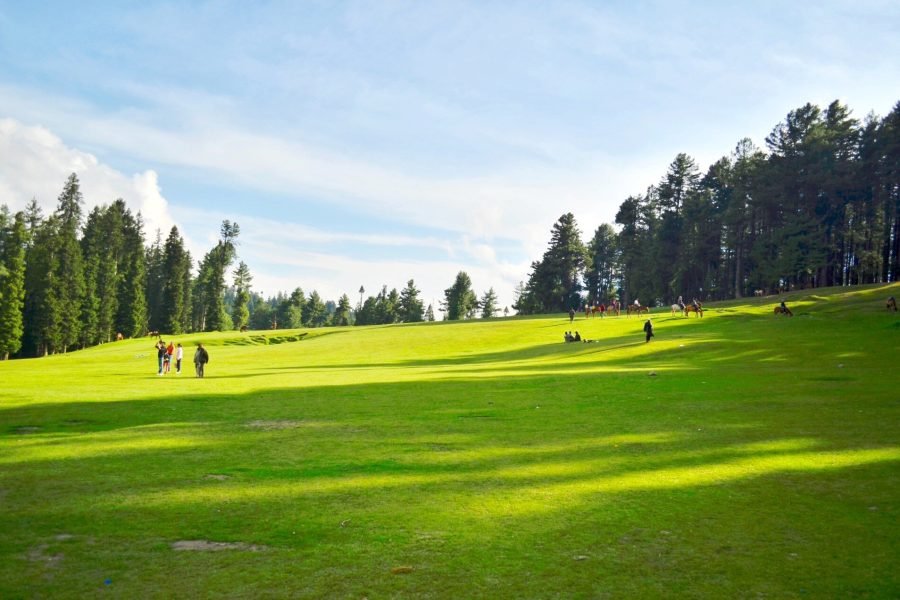
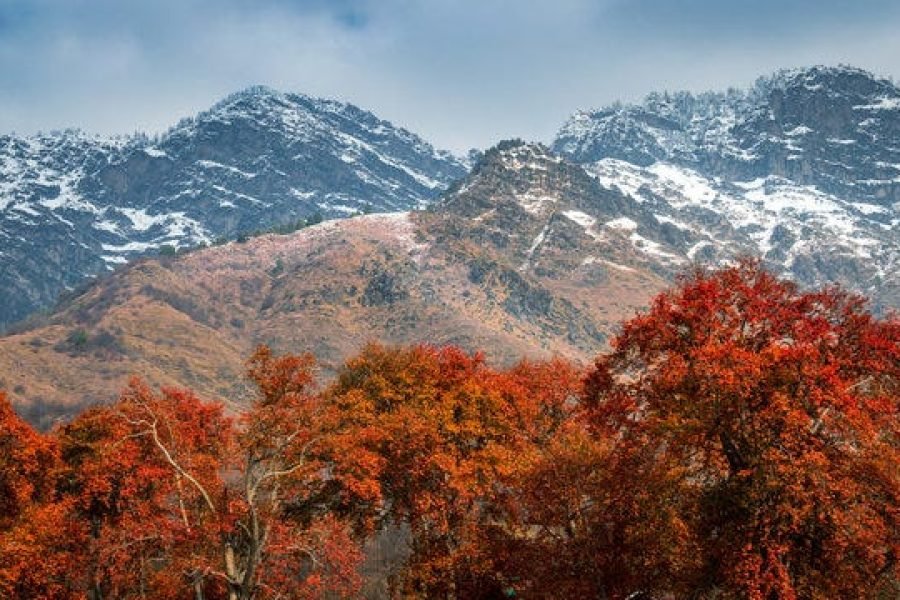
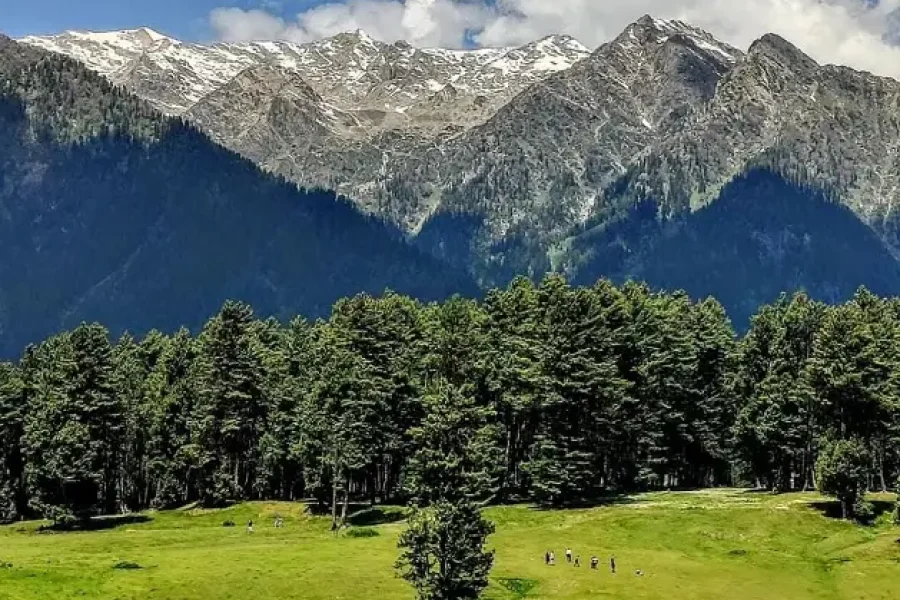
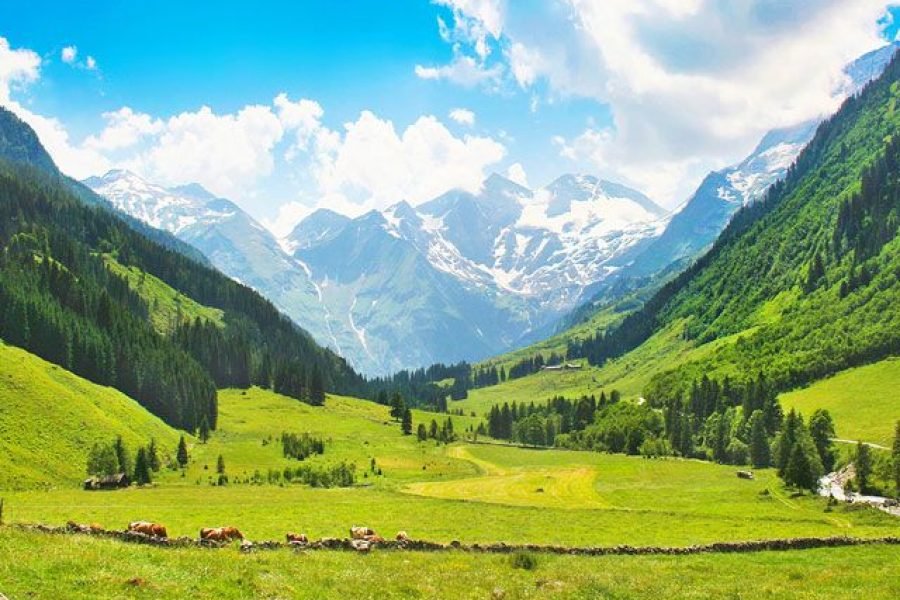
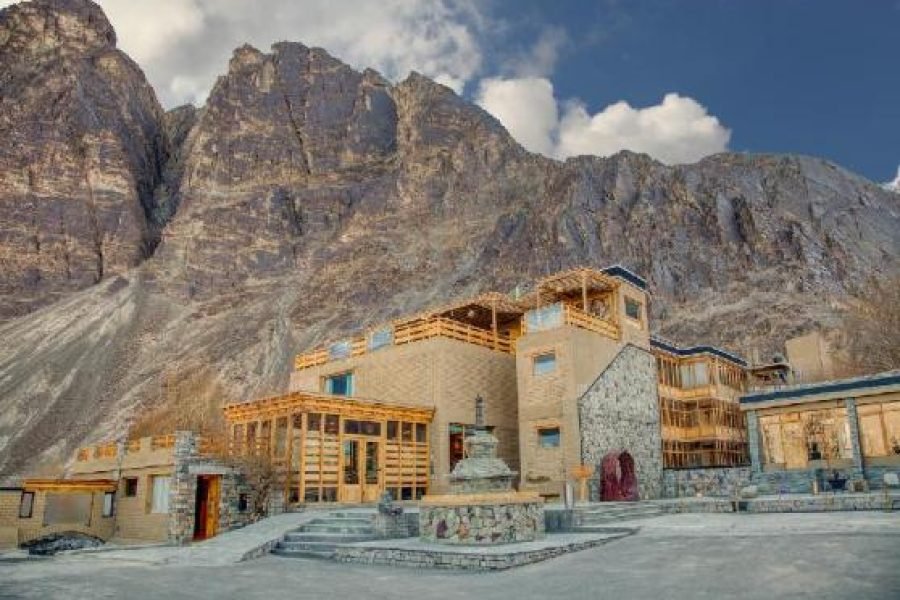

0 Comment